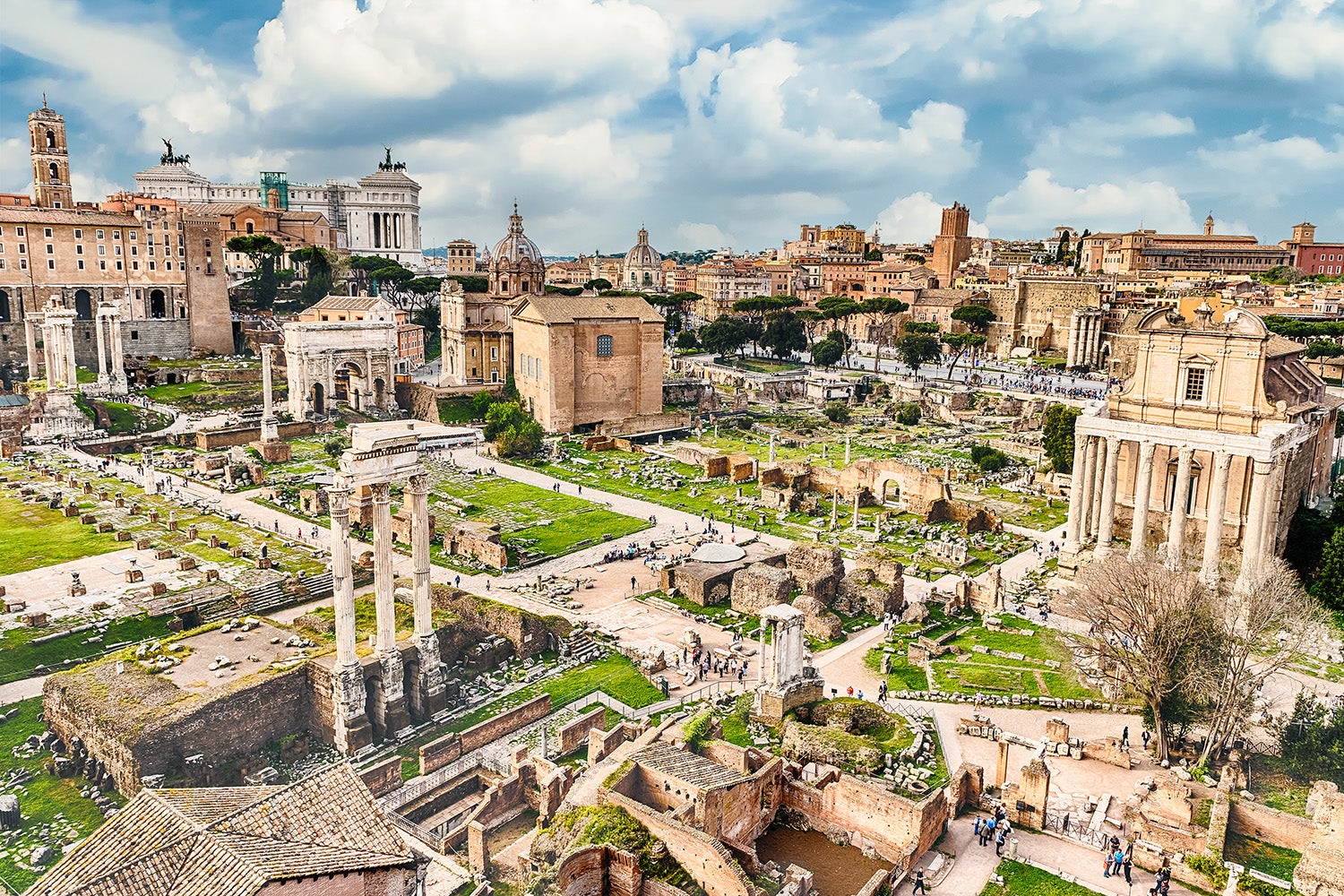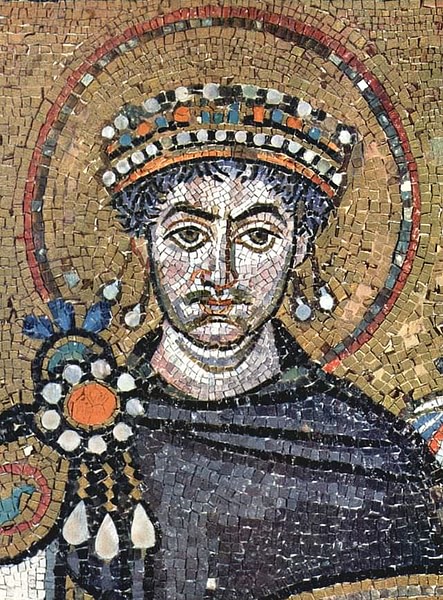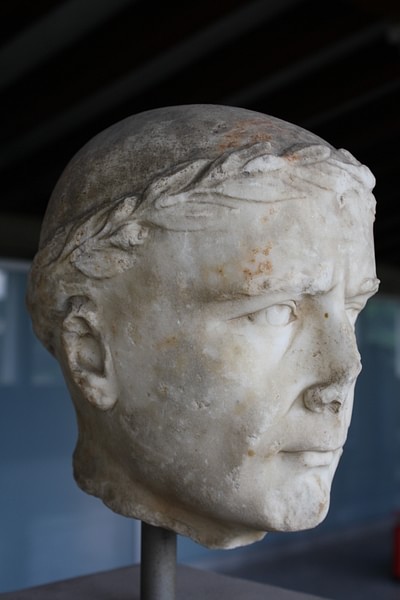
Introduction
The fall of the Western Roman Empire in the 5th century CE marked a significant turning point in European history, ushering in a period of profound political, social, and cultural transformation. This report explores how the collapse of this once-mighty empire shaped the continent, by drawing on various historical perspectives.
Political Fragmentation and Transformation

The deposition of the last Roman emperor, Romulus Augustulus, in 476 CE by the Germanic prince Odovacar symbolized the end of centralized Roman authority in the West and the rise of fragmented political entities[3]. The Western Roman Empire, which had once been a powerful centralized state, was replaced by numerous barbarian kingdoms, each ruled by tribal leaders such as Goths, Vandals, Franks, and Anglo-Saxons[3][10].
This political fragmentation resulted in diverse regional developments: Southern Gaul, Spain, and Italy saw Roman landowners adapting to the new power structures, whereas Britain experienced abrupt changes in its social and economic systems[1][10]. The post-Roman West saw the emergence of new, weaker state structures that significantly differed from those of the centralized Roman Empire[3].
Social and Economic Shifts
The collapse of Roman authority led to significant changes in social and economic life across Europe. The centralized taxation and military structures of the Roman state were dismantled, replaced by a system where local landowners gained substantial power[3]. The militarization of these landowners contributed to the endemic warfare of the period, leading to the development of feudal societies characterized by complex relationships between lords and vassals[2][6].
In contrast to the elite-dominated models of social organization, recent scholarship emphasizes the crucial role of the rural population in the post-Roman economy[7]. Studies have shown that rural inhabitants engaged in global trade networks and influenced economic development through their demand for goods and participation in rituals that required exotic items[7].
Cultural and Intellectual Developments

While the traditional narrative often depicts the Early Middle Ages as a 'Dark Age' of cultural decline, this period also witnessed significant cultural continuity and transformation. Roman law, the Latin language, and educational practices persisted in various forms, influencing the nascent medieval culture[1][5][10]. The Christian Church emerged as a central institution, preserving classical traditions and fostering new intellectual and artistic achievements[1][2][5].
Monasteries became centers of learning and cultural preservation, ensuring the survival and transmission of ancient texts and knowledge[2][5]. Art and architecture adapted to the changing times, with the construction of domed churches and the development of new artistic styles[9].
Religious Transformations

The rise of Christianity as the dominant religion profoundly influenced the social and cultural landscape of Europe. By the end of the 4th century, Christianity had become the sole official religion of the Roman Empire, ending centuries of religious pluralism[1]. This ushered in an era of religious intolerance and persecution, contrasting sharply with the previously diverse religious environment[1][5].
The spread of Christianity and monasticism across Europe played a pivotal role in shaping the religious and cultural identity of the continent. Monasteries served not only as religious centers but also as hubs of education and healthcare, contributing to the advancement of knowledge and societal well-being[2][5].
Long-Term Consequences

The fall of the Roman Empire had long-lasting effects on European history. The political fragmentation and competitive state system that emerged in the aftermath of Rome's collapse fostered innovation and experimentation, laying the groundwork for modern economic growth and the Industrial Revolution[4]. The absence of a unified imperial power allowed for the development of diverse political, military, economic, and religious constituencies that reshaped European society[4].
Moreover, the enduring influence of Roman civilization can be seen in the prevalence of Roman law, language, and cultural practices across Europe. Roman-based legal systems, Romance languages, and architectural styles continue to shape the modern world[4][8].
Conclusion
The fall of the Western Roman Empire was a complex event with multifaceted consequences for Europe. The political fragmentation led to the emergence of new kingdoms and social structures, while the enduring influence of Roman culture and the rise of Christianity shaped the continent's religious and intellectual landscape. The legacy of Rome's collapse facilitated innovation and competition, ultimately contributing to the remarkable transformations that defined Europe's path to modernity. Through the integration of these diverse historical perspectives, it becomes clear that the fall of the Roman Empire was not the end of civilization but the beginning of a new and dynamic era in European history.
Get more accurate answers with Super Pandi, upload files, personalized discovery feed, save searches and contribute to the PandiPedia.
Let's look at alternatives:
- Modify the query.
- Start a new thread.
- Remove sources (if manually added).